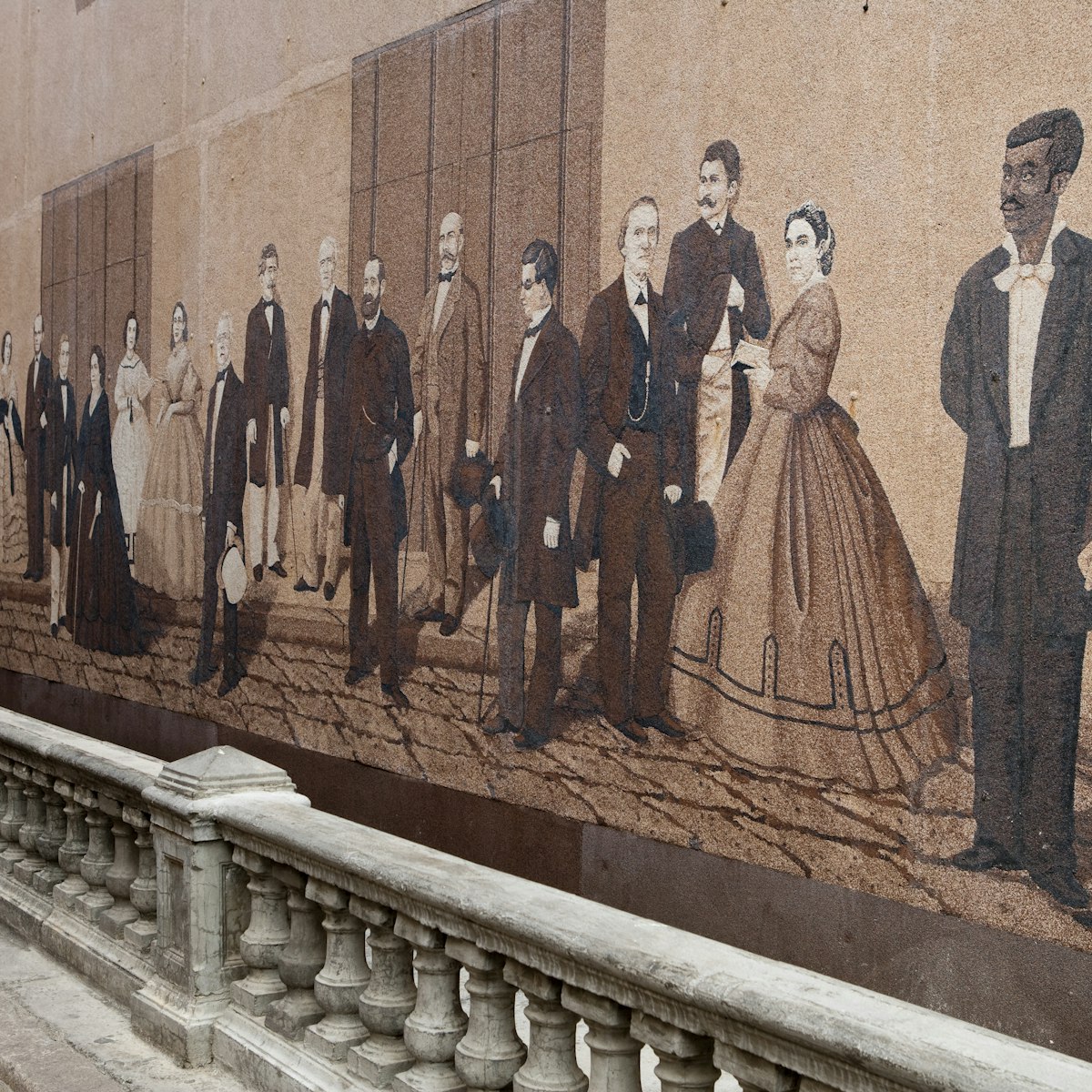
Habana Vieja


Overview
Havana's Old Town – the site where the city first took root in 1519 – is one of the historical highlights of Latin America, an architectural masterpiece where fastidiously preserved squares and grandiose palaces sit alongside a living, breathing urban community still emerging from the economic chaos of the 1990s. The overall result is by turns grand and gritty, inspiring and frustrating, commendable and lamentable. No one should leave Cuba without seeing it.
Attractions
Must-see attractions

Habana Vieja
Cobbled, car-free Calle Mercaderes (Merchant's Street) has been extensively restored by the Office of the City Historian and is an almost complete replica…

Habana Vieja
Habana Vieja's most uniform square is a museum to Cuban baroque, with all the surrounding buildings, including the city's beguiling asymmetrical cathedral…

Habana Vieja
Described by novelist Alejo Carpentier as 'music set in stone,' Havana's incredible cathedral, dominated by two unequal towers and framed by a theatrical…

Habana Vieja
Laid out in 1559, Plaza Vieja is Havana's most architecturally eclectic square, where Cuban baroque nestles seamlessly next to Gaudí-inspired art nouveau…

Habana Vieja
Even with no artifacts, Havana's city museum would be a tour de force, courtesy of the opulent palace in which it resides. Filling the whole western side…

Plaza de San Francisco de Asís
Habana Vieja
Facing Havana harbor, the breezy Plaza de San Francisco de Asís first grew up in the 16th century when Spanish galleons stopped quayside on their passage…

Habana Vieja
Havana's oldest square was laid out in the early 1520s, soon after the city's foundation, and was originally known as Plaza de Iglesia after a church –…

Habana Vieja
On the seaward side of Plaza de Armas is one of the oldest existing forts in the Americas, built between 1558 and 1577 on the site of an earlier fort…
Build a memorable collection
Get to the heart of Habana Vieja with one of our in-depth, award-winning guidebooks, covering maps, itineraries, and expert guidance.

